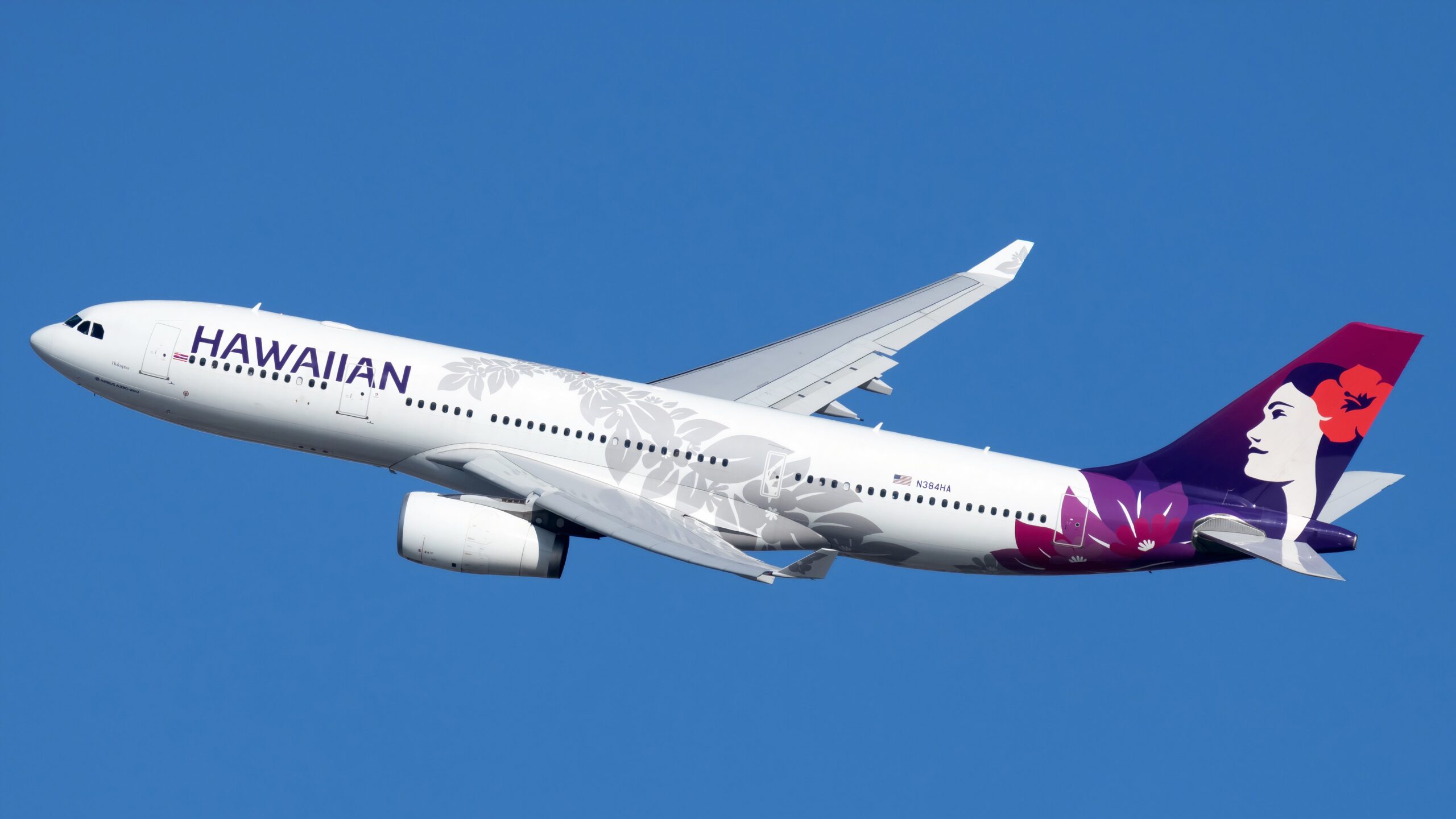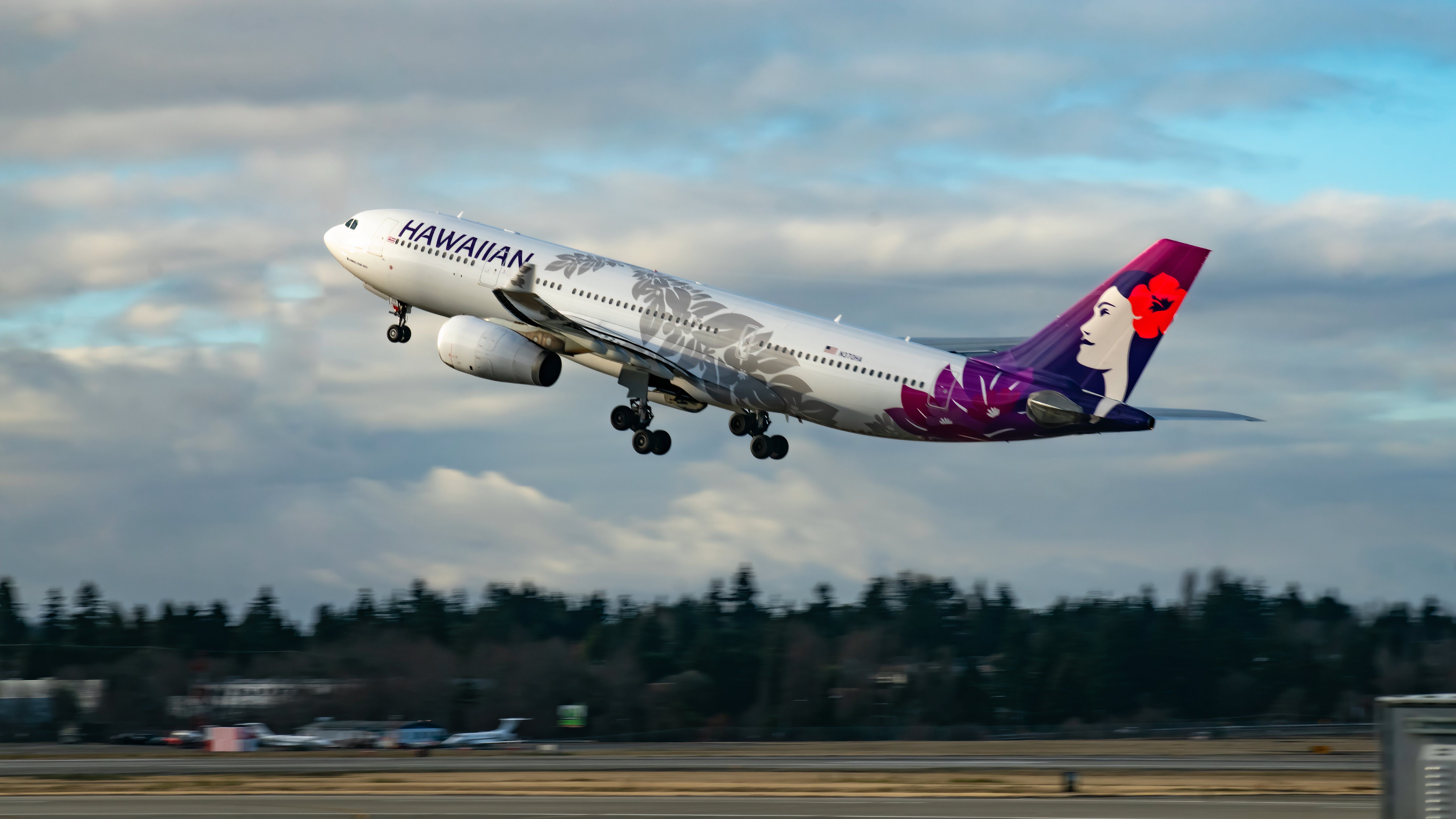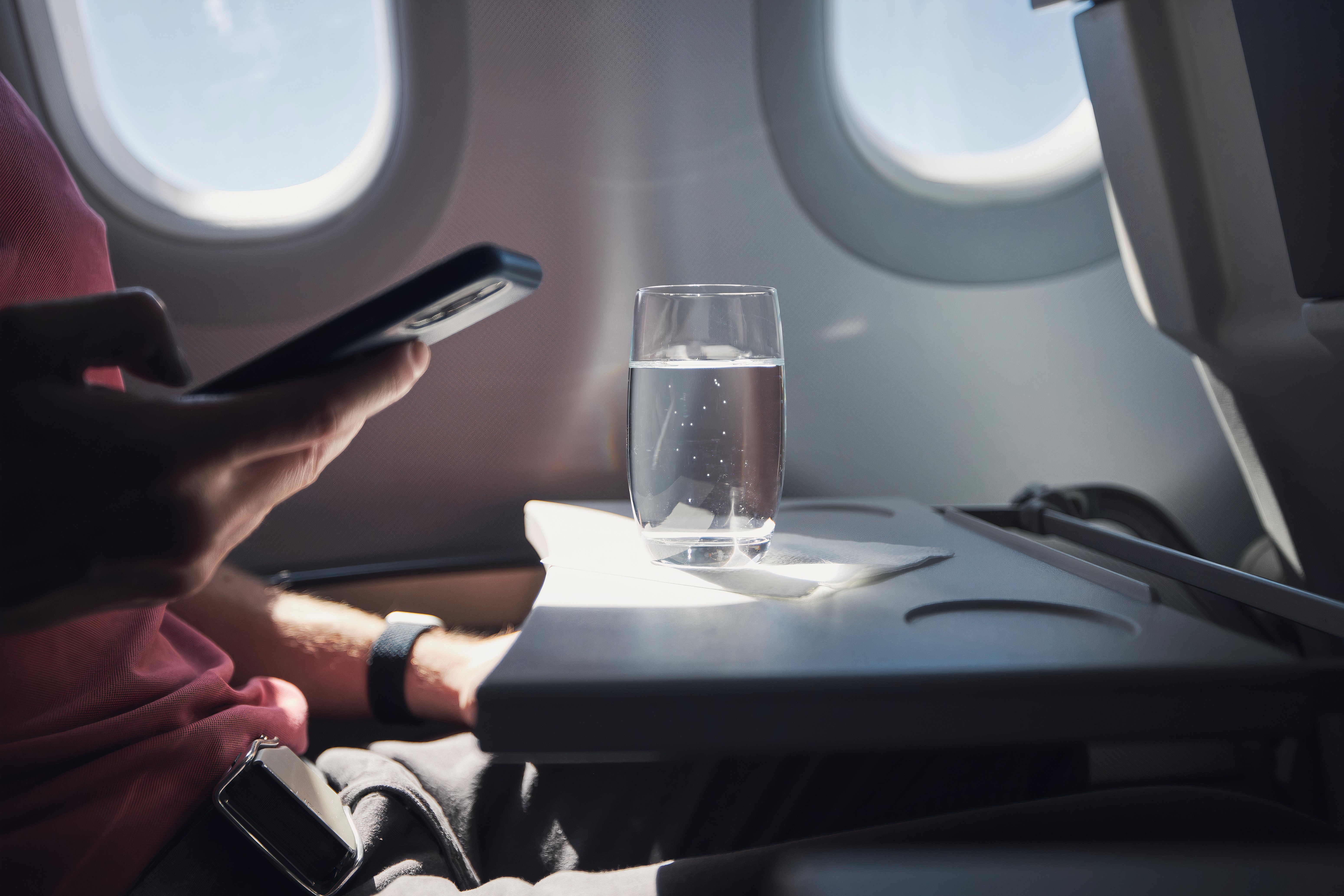After a recent incident of an iPad catching fire onboard a Hawaiian Airlines flight, which prompted an emergency landing in Portland, reports from passengers onboard the eventful flight have now emerged that the crew members were not entirely prepared for such an eventuality.
This article examines the report and regulatory requirements regarding the handling of fire onboard an aircraft.
Looking back at the incident
The Hawaiian Airlines
flight was HA-26, a scheduled service between Honolulu International Airport
(HNL) and Portland International Airport
(PDX) operated by one of the carrier’s Airbus A330-200
aircraft. Shortly before landing at PDX, smoke was detected in the first class cabin emanating from an iPad, which
prompted the aircraft to perform an emergency landing at PDX
, where the flight was met by firefighters and other emergency responders.
No passengers or crew members were injured, and the aircraft did not sustain any significant damage, thereby remaining airworthy and in commercial operation.
Photo: Jon Tetzlaff | Shutterstock
In a statement previously made to Simple Flying, the carrier stated that the incident occurred about 15 minutes prior to arrival at PDX when a tablet in the first class was damaged, releasing smoke into the cabin.
Our crewmembers secured the device and turned it over to the local fire department.
However, new reports from the passengers onboard state that crew members were not necessarily prepared for such an eventuality.
Apparently, there was confusion among the crew
Passenger statements, as reported by Oregon Live, indicate that the smoke was caused by an iPad wedged in a first-class seat. The device’s lithium-ion batteries were damaged when the tablet got caught in the seat mechanism when it was moved, thereby resulting in a thermal runaway.
Passengers “usually” flying in premium cabins are told if they lose their devices in between the seats, the seat should not be moved as it can damage the seat and the device.
Photo: Jaromir Chalabala | Shutterstock
It is reported that the crew members took some time to find the fire extinguisher, as there was some confusion. By the time the iPad was removed from the seat mechanism, it had melted, with smoke still emanating from the device. Ultimately, it was placed in a containment bag, and the extinguisher was not used.
It is further suggested that the iPad may have been one of the complementary devices provided in First Class for passengers to use.
Simple Flying has reached out to the airline to know more about the incident. Any response received will be updated in the article.
Fire containment bags can indeed be used
While the above report does raise the question of why the extinguisher was not used, as per an Information for Operators (InFO) document by the Federal Aviation Administration
(FAA) and the United States Department of Transportation
(DoT), the FAA does allow operators to use fire containment equipment for dealing with fires caused by lithium batteries from portable devices –
Provided the operator also follows the procedures stated in the Safety Alerts for Operators (SAFO) and Advisory Circulars.
Additionally, ordinary fire extinguishers are not the most effective when fighting electric fires or fires caused by lithium-ion batteries, as a special type of extinguisher is required.
Considering that the FAA is investigating the incident, a proper overview of the incident, along with possible safety actions to prevent such incidents in the future, should be available upon the completion of the investigation.



